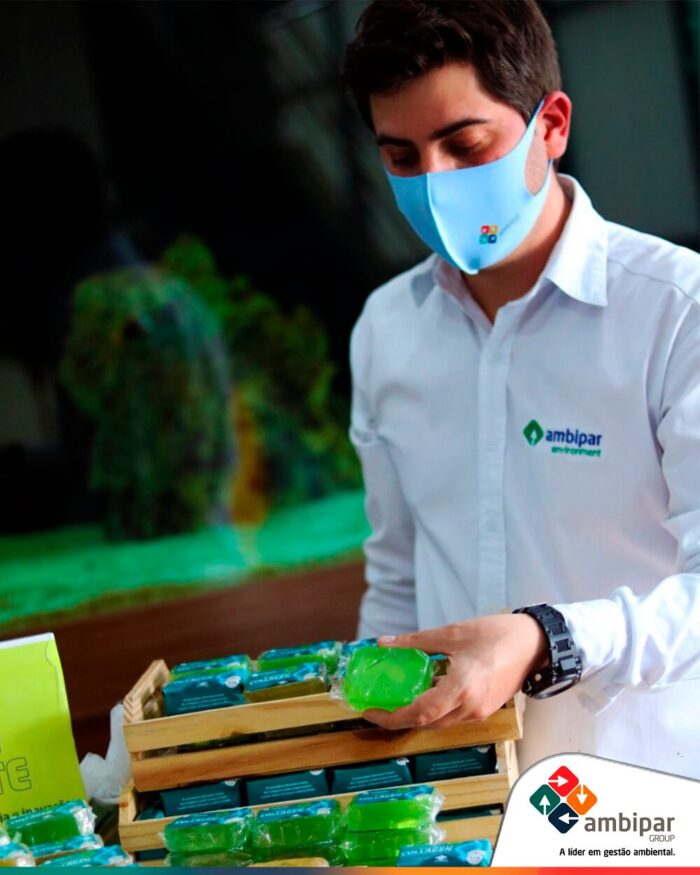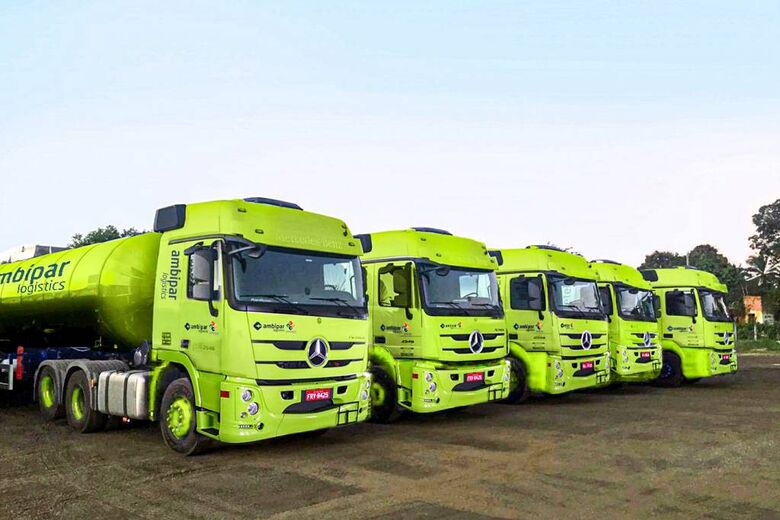Collagen used in medicine capsules was taken to landfill and can now be used as raw material for other industries

By Writing Team
Posted in November 17, 2020

Ambipar’s Research, Development and Innovation (RD&I) department developed a sustainable collagen-based soap. The waste comes from the production of pharmaceutical capsules from the pharmaceutical industries and was destined for landfills. The soap was developed as a prototype to show the pharmaceutical industry that it would be possible to correctly dispose of the waste, promoting a circular economy.
Several studies have been carried out to understand how to properly dispose of collagen. The team that worked on the project, led by the director of RD&I, Gabriel Estevam Domingos, found that waste is an excellent raw material for the cosmetics industries, which can buy collagen to make sustainable products, such as soap, for example.
Based on the innovation developed by Ambipar, the pharmaceutical industries would no longer have expenses with the destination of waste to landfills and would be able to generate revenue, selling collagen as raw material to other industries.
“When buying waste as a raw material to produce cosmetics, companies align themselves with the ESG pillars (Environmental, Social, Governance), as they will be reintroducing collagen in the production chain, creating sustainable products that can add to the companies’ image”, says Gabriel .
Testing indoors
Ambipar produced about 300 sustainable soaps that were distributed to employees at the Nova Odessa operational complex.
The employee Igor Guilherme Macedo, administrative assistant at Ambipar, was presented with the soap and states that “it is a very good innovation for the company, mainly to achieve the 17 sustainable goals of the UN”.
For commercial analyst Davi Kendi, the idea is cool because it is a way to stop throwing waste in landfills and start reusing and giving it a useful life.
In its RD&I laboratory, Ambipar develops various products from waste. The aim is to reintroduce them to the production chain to promote the circular economy and reduce the amount of waste in landfills.


